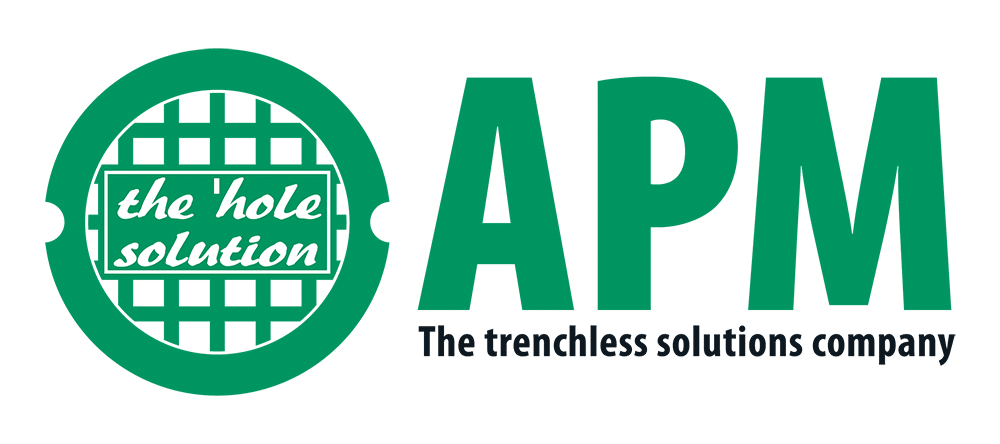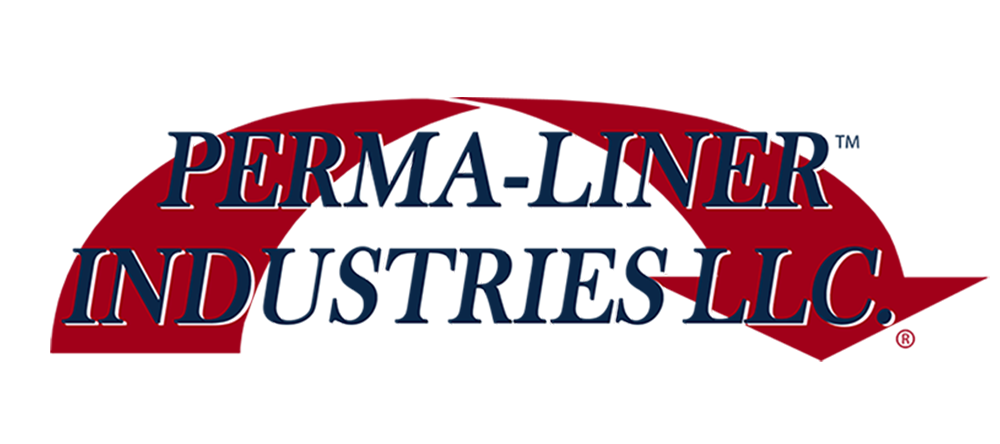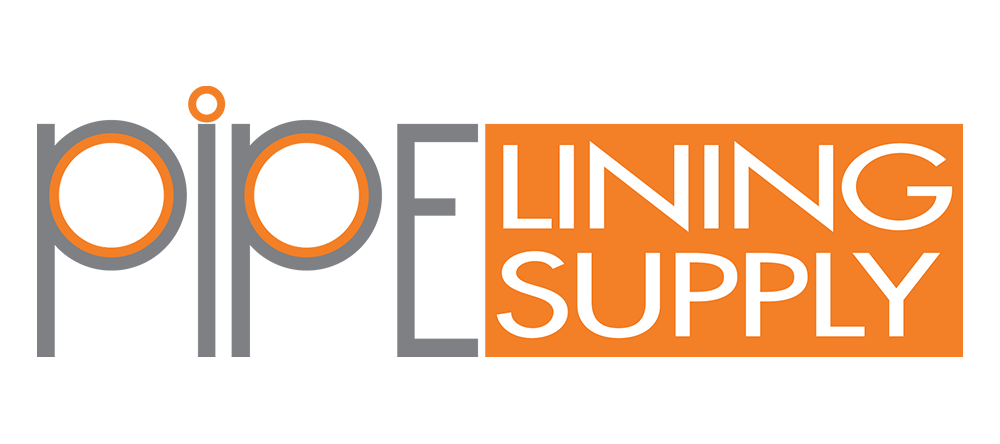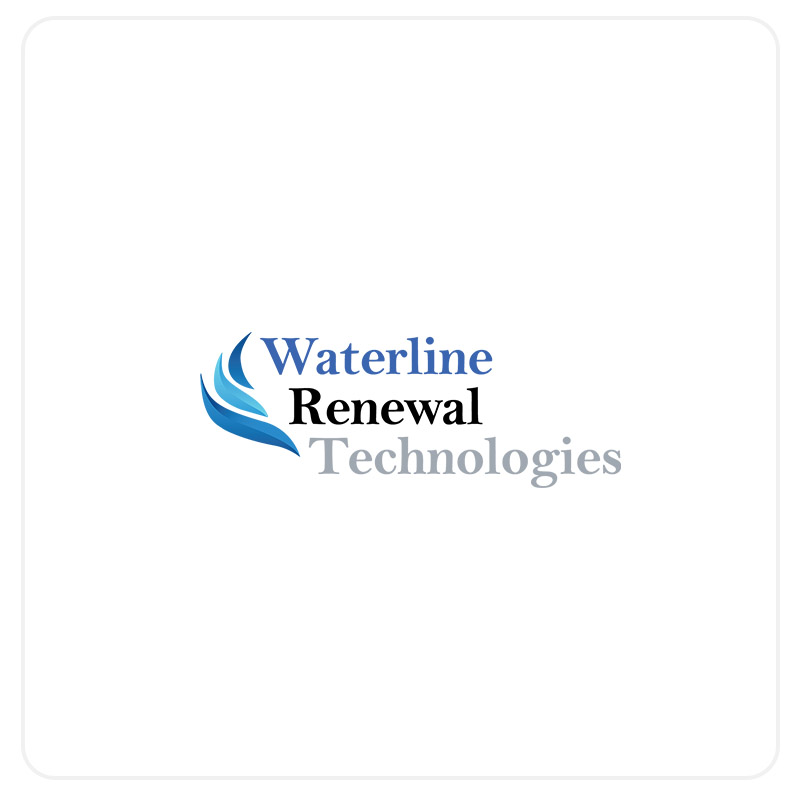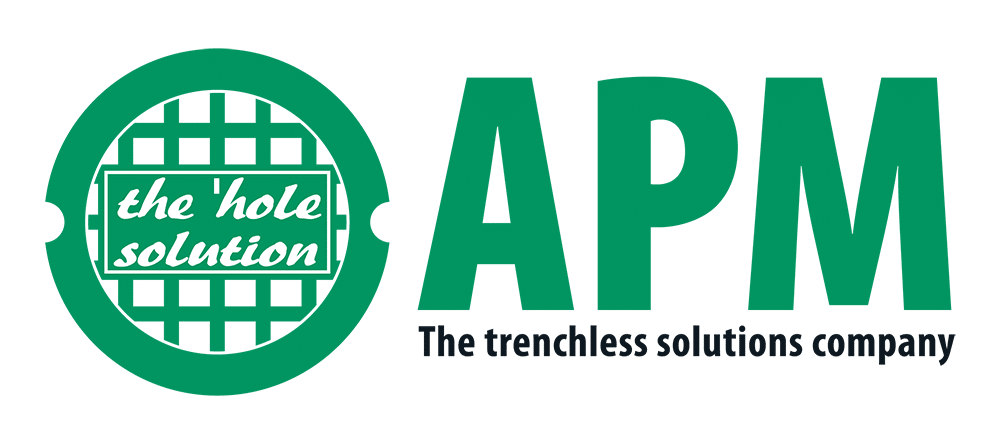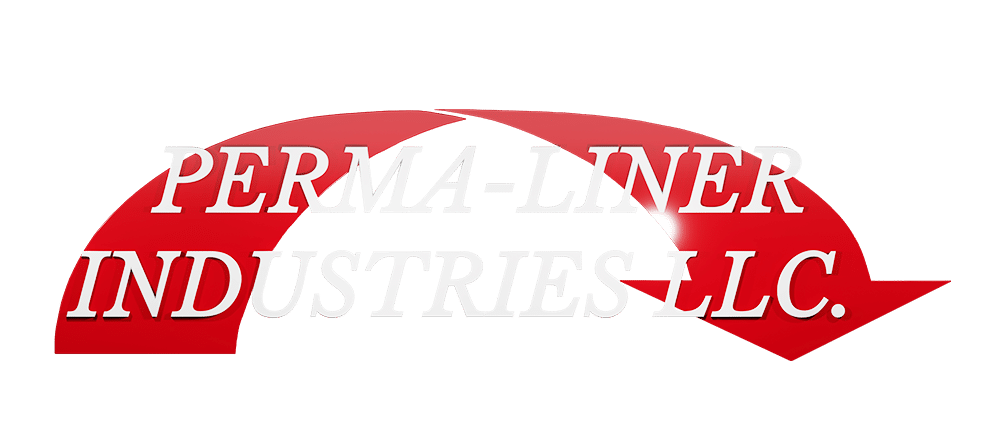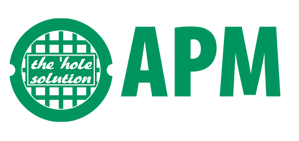When the first sewer and treatment plant was built in Akron in the early 1900s, the goal was to keep sewage away from people. The same goes for today.
Approximately 25 percent of Akron’s sewer system was constructed as combined sewers in the early 1900s. Those combined pipes carry wastewater and stormwater that dump into the waterways around Akron during heavy rains.
Today, the city is in the middle of a $1.2 billion sewer project – in order to satisfy the Clean Water Act – to stop untreated wastewater from overflowing into waterways in the area. Everything needs to be complete by 2027.
Much of that sewer project is being done to upgrade the infrastructure, which includes the 100-year-old sewer system and almost 100-year-old Water Reclamation Facility.
The facility currently treats 280 million gallons a day but not all are treated. After the overhaul, all 280 million gallons will receive necessary treatment to clean it.
Prior to the upgrades and overhaul, there were 34 combined sewer overflows in Akron. It’s too expensive to separate all combined sewer pipes, so the city is working on other projects to handle overflows such as storage basins.
The seven basins can hold 27.5 million gallons and another one is being constructed that will hold 4.5 million gallons.
The city is also considering alternatives to keep the river clean. Akron is not allowed to have any untreated overflows in a typical year because of its close proximity to Cuyahoga Valley National Park.
All the work won’t go unnoticed. The city is keeping pathogens, heavy metals and suspended solids out of the Cuyahoga River and surrounding waterways.
The projects also remove oxygen-demanding substances, like raw wastewater, to help put oxygen back in the water. This helps support wildlife, like bugs, fish and the birds that eat them.
Everyone is thankful for a clean river and healthy ecosystem for the plants and animals using it as a habitat.


